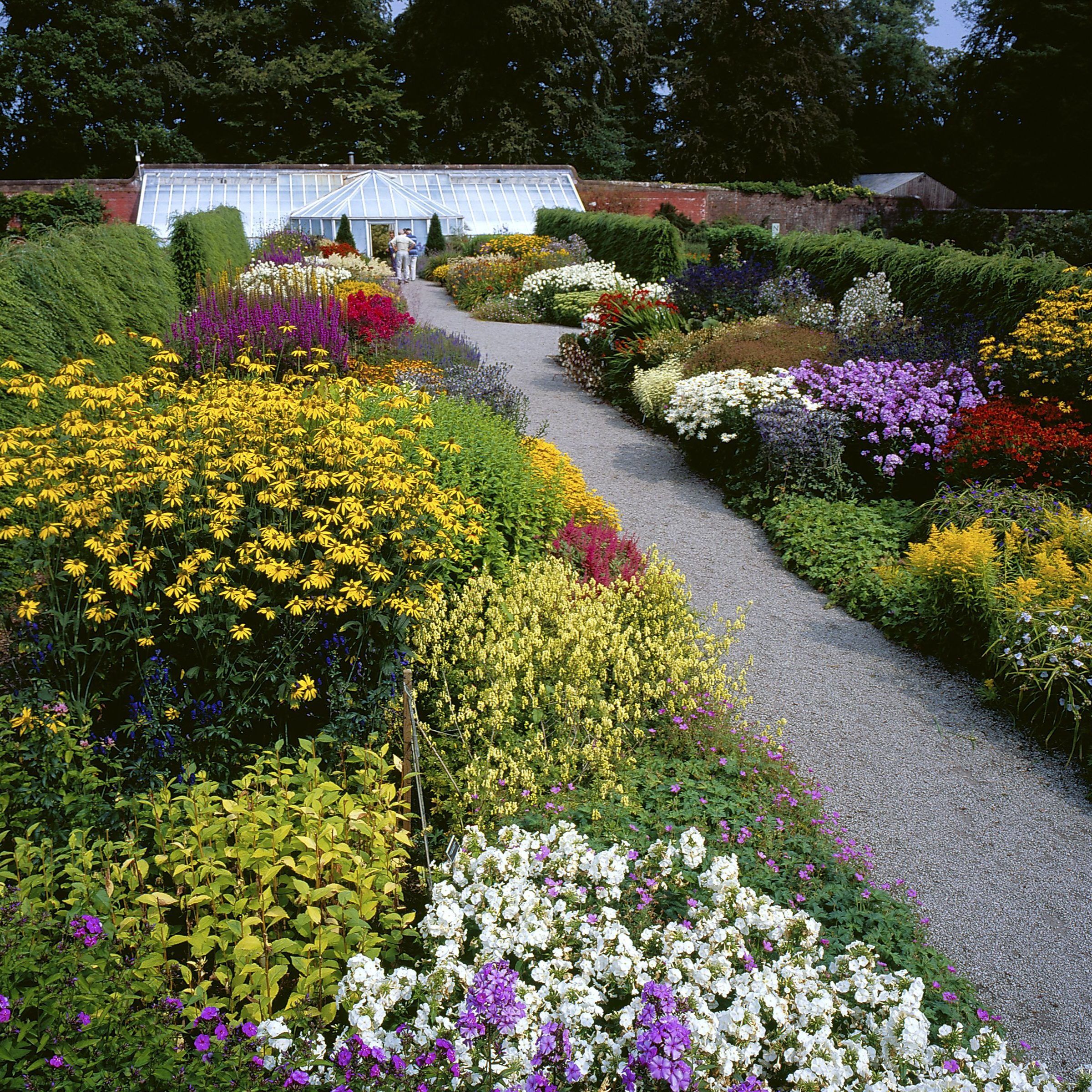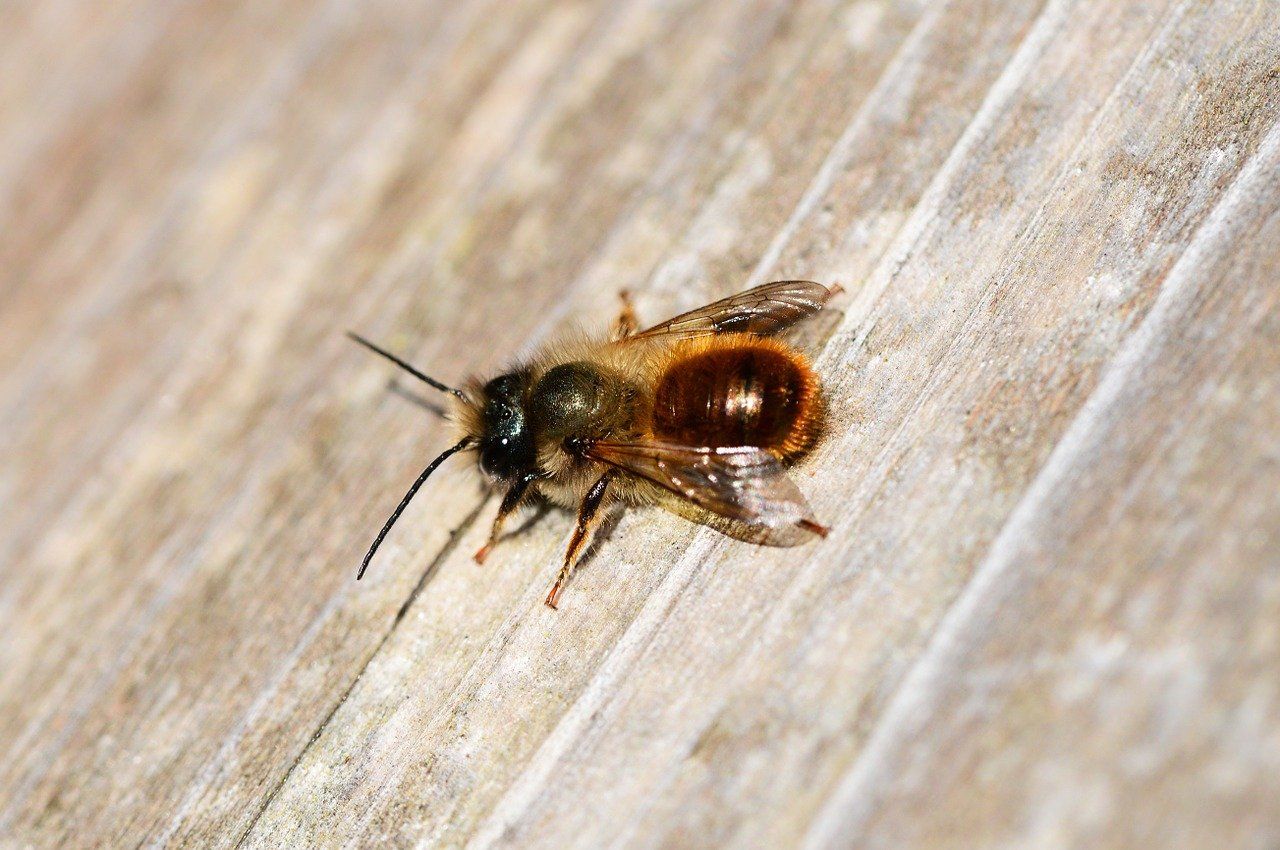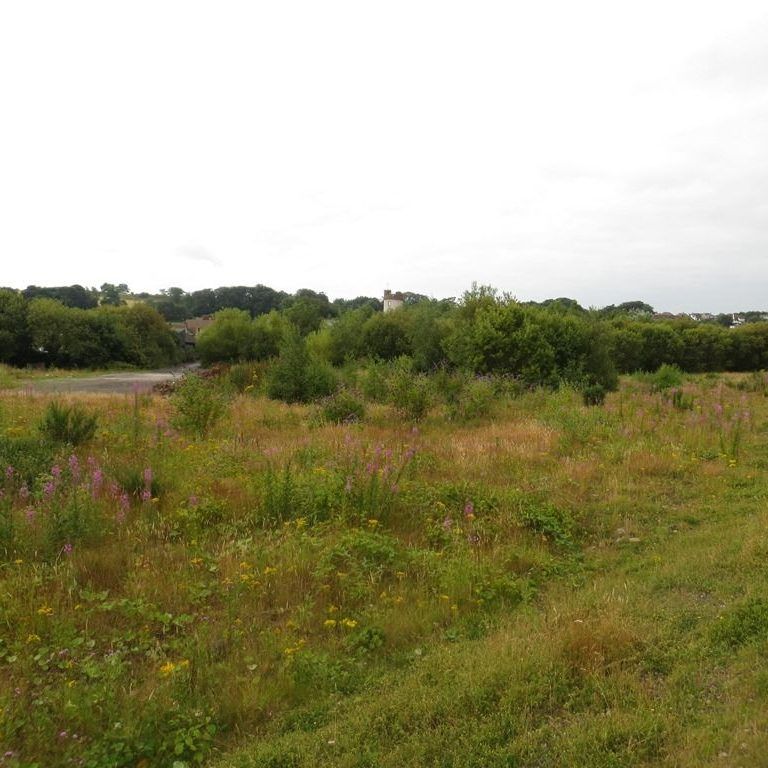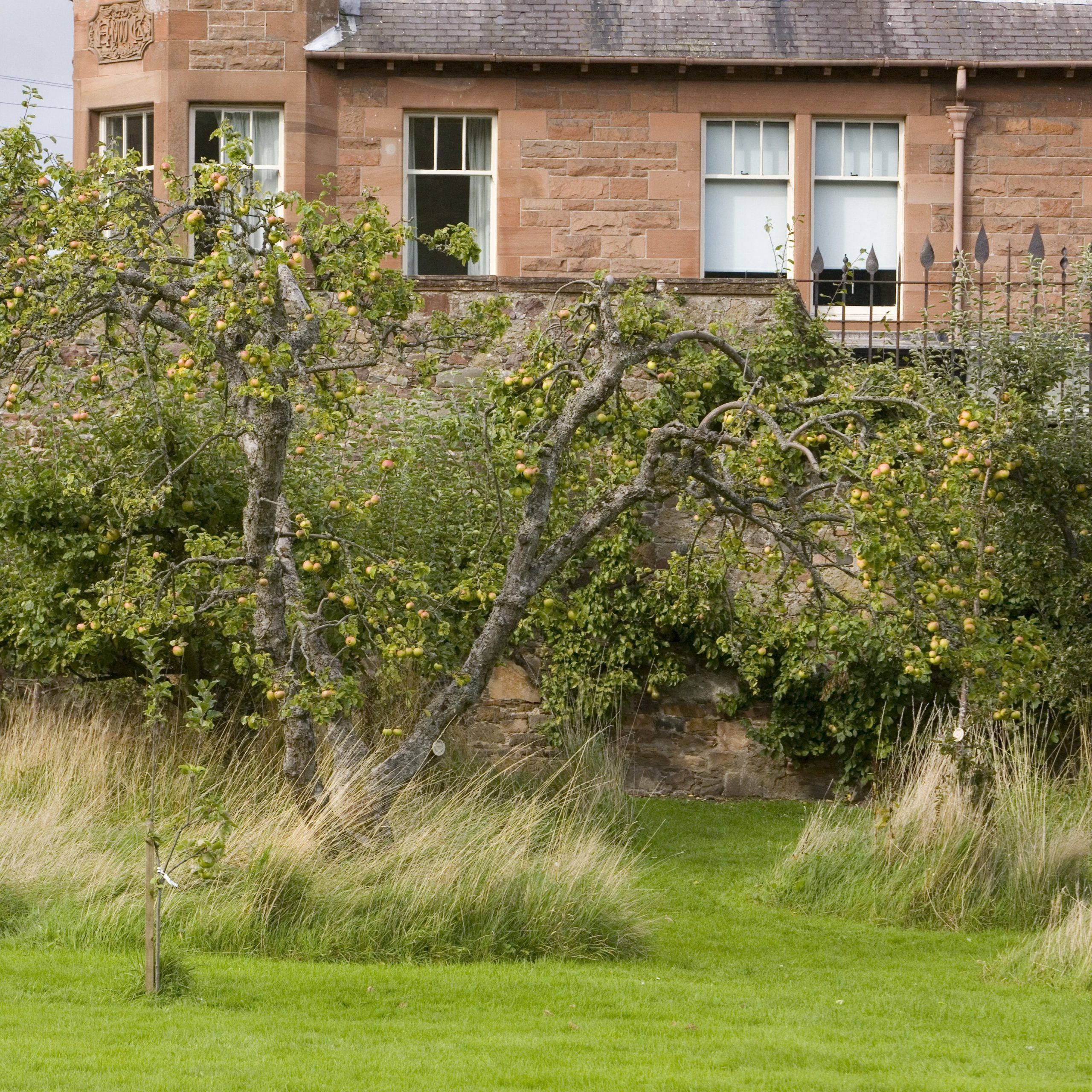Our commonest species of mason bee, the Red mason bee is found in churchyards, gardens and urban greenspace. This solitary bee nests in a variety of pre-existing aerial holes and cavities in walls and wood, and can be easily coaxed into made and bought ‘bug hotels’. It flies from late March to May with males emerging at least two weeks before females. Female Red mason bees have two ‘horns’ on their face. They have significant economic value as a pollinator of fruit trees and oilseed rape, and they can be purchased commercially.
Action Needed
- Support creation, enhancement and management of species-rich grasslands to provide habitat for solitary bees.
- Support and encourage the recording of this species in Scotland.
Encourage the use of solitary bee nest homes and hotels in people’s gardens and public greenspace. - Ensure the Scottish Biodiversity Strategy is fully implemented.
Threats
Loss of flower and species-rich habitat that provides important forage for the adult bees; re-mortaring of old walls, for example in churchyards, removing potential nest sites.
MSP Nature Champion

Related Species & Habitats


Gardens and Designed Landscapes
- Amphibian and Reptile Conservation
- National Trust for Scotland






